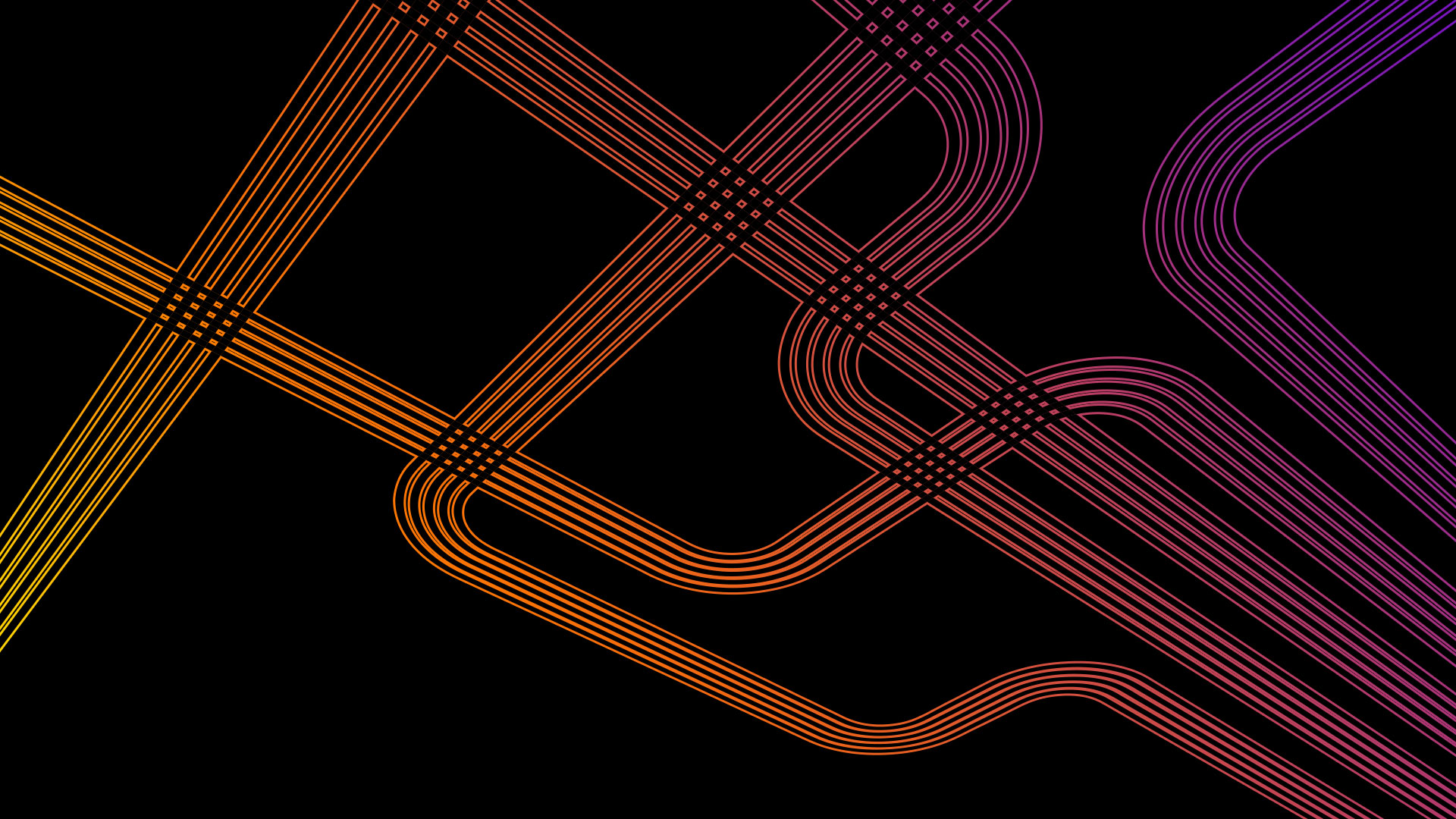Unity is one of the most widely used development tool for a multitude of platforms that include PC, consoles and mobile. With the launch of head-mounted displays such as the Oculus Rift, HTC Vive and PlayStation VR this year, Unity has become the top choice for developers looking to create incredible virtual reality experiences. This has led to some high-profile projects, with one of the most recent being The Void’s Ghostbusters: Dimension hyper-reality experience. In it, attendees put on custom designed VR gear and walk through an attraction at Madame Tussauds New York to experience what it’s like to be a Ghostbuster.
At this early stage of the technology, it’s difficult to tell what direction virtual reality will go. Will consumers take to home experiences—especially when the PlayStation VR releases in the fall—or is the future in location-based VR arcades such as the one at Madame Tussauds and special IMAX theaters developed in partnership with Starbreeze? Or, with Google’s Android-based Daydream platform launching this fall, VR could find its wings with mobile devices.
Marcos Sanchez, head of global communications at Unity Technologies, talks to [a]listdaily about location-based experiences compared the adoption of at-home ones, and what might be in store for virtual reality entertainment.

What would do you think makes Unity the ideal platform for a location-based experience like Ghostbusters: Dimension?
Ghostbusters: Dimension is a truly unique “hyper-reality” experience, and we were impressed by what The Void has accomplished. Combining an untethered VR experience with multisensory sensations—smells, temperature changes, haptic vests—is incredible and wholly immersive. What Unity brings to the table is a 3D engine and development platform that allows creators to focus on bringing their vision to life without lots of coding. Any VR experience requires a great 3D engine, and development environment, and with our extensive experience in gaming, we have many of the features from lighting to physics that are critical to a great experience.
It’s worth noting too that The Void layered a VR experience over physical space where virtual walls map to real walls and players can touch everything—it’s actually there. This presents a really complex scenario where movements and visual prompts and physical sensations must align, and The Void had to test and tweak constantly. Unity’s ability to quickly iterate on builds let them develop and deploy really fast, which is a huge advantage.
How does developing a location-based experience differ from some of the experiences that can be had with the HTC Vive or Oculus Rift?
The Void experience had to deliver the best immersion possible, meaning syncing the real and virtual worlds. It’s essential that a player forgets they have a headset on, a computer on their back, a controller in hand. If you are going to be a Ghostbuster, that proton pack and gun need to feel “real.” Everything else has to fall away and become an extension of the person.
Current VR setups are limited to a small room or your chair, with a PC tower never too far away. The Void set out to tackle a big space with physical attributes they wanted to incorporate, so naturally, their workflow will be much more complex. Using a proprietary solution, they’ve been able to put the power of a VR PC on your back, without it being uncomfortable or too heavy, and that accomplishment alone can’t be ignored.
The logistics involved in getting players through a 30×30 foot space while engaged in multiplayer dynamics required intricate programming. Unity’s editor helped by allowing fast and multiple iterations, which is particularly important when you have to take the experience out of the editor and into this massive room, with multiple people to optimize and fine tune. That’s where Unity’s ability to get builds out quickly really makes a difference.
How integral do you think VR will become to promoting movies such as Ghostbusters?
Ghostbusters really lends itself perfectly to a full hyper-real experience. It’s a much-loved brand that feels out of this world with a heavy dose of the fantastical. Though The Void runs on its own hardware and software, Ghostbusters: Dimension emulates game shooting mechanics. In other words, the proton pack fires how you’d expect. So, there were a lot of elements that made this a good first-of-its-kind demonstration. And, if the early reception is any indication, it’s something audiences are excited to experience.
Of course, we expect other brands and franchises will want to jump at the chance to bring their worlds to life in a totally immersive way. It won’t be just movies, but you could see how comic books, novels and TV shows could all try to emulate an experience like this—the sky’s really the limit. And, brands can scale differently; not everything will need to take place in a massive, developed physical environment. You could see how stepping into the seat of a car, plane or space shuttle, for example, would make sense in a contained space. It’s always about creating wow moments for consumers, and VR certainly does that.
Do you think audiences will prefer location-based experiences to adopting home ones? Or do you believe that location experiences will help home VR grow?
I think that they will feed each other, though I believe that mobile will be a huge driver of mass consumer adoption. It’s a numbers game really, with 3 billion mobile devices in 2016, many of which are VR capable or will be soon, the volume is there. It’s largely a content game, and location-based experiences present some amazing content. To me, it will be symbiotic with both feeding into each other. Marry content with price drops in headsets with smaller CPU/GPU (to the point of being housed in the headset), and adoption of VR and mixed reality (MR) will go through the roof, but that will take some time.
Will Unity work to bridge location-based and home experiences?
Our goal is to maintain a flexible, accessible platform to make sure developers can create amazing games and experiences, whether it be stationary VR, location-based VR or AR or MR. We’ll continue investing in platform support for a variety of hardware, whether they’re in a huge warehouse or your living room.
How do you think Google’s Daydream VR initiative will impact the adoption of VR, and how close do you think we are to having high-quality VR experiences on mobile?
As I mentioned before, with an installed base of around 3 billion in 2016, mobile devices are already dwarfing the 1.5 billion PCs (of which only a small portion are VR capable). That makes Daydream interesting from a mass market perspective, and we will continue to be the platform that allows any developer to create once and publish everywhere, mobile included. We’ve announced Daydream support.
It’s true; we’ve seen a slower than expected start to VR adoption/content this year—it’s duct tape and twine, and we’re just figuring things out. That said, Daydream, as well as other platforms like Samsung’s Gear VR, are going to help drive what we ultimately think will be the massive global adoption of VR on the scale of billions of people 10-13 years out. That’s no small number, and we believe it will be that big.
In terms of mobile having high-quality experiences, for now, that’s likely several years away. That’s not to say there aren’t high-quality 360-degree videos or great experiences and games that will come soon, but to drive life-like game experiences requires CPU/GPU not available today on mobile, and while I think it will come, it will take some time.
If you could choose, what movie world would you want to visit in VR?
Hands-down, Crouching Tiger, Hidden Dragon. It’s stunning and beautifully shot. Imagine being able to feel like you’re leaping from rooftop to rooftop while pursuing someone who stole the Green Destiny sword!

